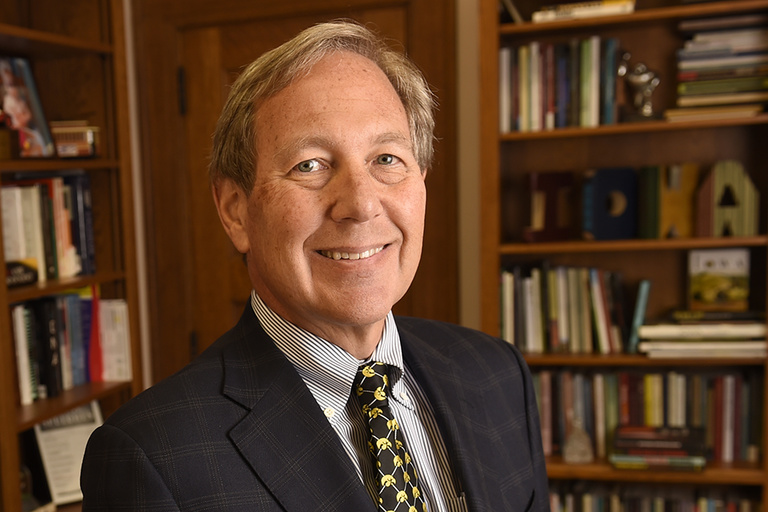We’ve always done things a bit differently at the University of Iowa. As a growing university closer to the frontier than to the mainstream in the late 19th century, we had the freedom to look at our mission in new ways. Over a hundred years later, the Kellogg Commission on the Future of State and Land-Grant Universities urged a redefinition of the public university that involved a more integrated vision. But Kellogg’s “learning, discovery, and engagement” formulation of a university mission was not strikingly different from what Iowa had been doing since at least the 1890s.

Iowa gained a reputation for being willing to experiment early on. The university’s renowned early natural-history scholars and researchers valued field work and launched expeditions to the Laysan Islands, the Arctic, and the Bahamas, as well as gathered Iowa’s own natural heritage within the state. This discovery work often included students, who had the then-unique opportunity to learn in the field as well as in the classroom. And these scholars engaged the state’s citizens by bringing their work directly to them in our groundbreaking Museum of Natural History and through a vigorous public lecture program in Iowa’s communities.
That spirit of experimentation flowered in the first part of the 20th century, when Graduate College deans Carl Seashore and George Stoddard encouraged experimental techniques across the entire university, including new methodologies, interdisciplinary research, and creative endeavor as an alternative to scholarly work. Out of that approach came such innovations as the Iowa Child Welfare Research State, the nation’s first center to scientifically study the development of the healthy child; groundbreaking psychological instruments; and the development of the Master of Fine Arts degree and the Writers’ Workshop.
The same spirit of innovation in Iowa’s research program—and in what research means to the university as a whole, to our students, and to our public—continues today and must continue into the future. Both independent and collaborative work in simulation, from engineering to medicine, is creating new knowledge and new technology to protect our soldiers, to make driving safer, and to save more lives. Faculty, staff, and students are discovering how sustainability can improve our lives through new energy sources, business startups, care of our water resources, and the stories we tell each other. The merging of the digital world with the humanities is preserving our history, enhancing our civic life, and presenting scholarship with leading-edge technology.
Iowa’s path forward in research, scholarship, and creative endeavor is full of exciting opportunities thanks to our heritage of experimentation and the excellence and imagination of today’s university community. To keep our unique legacy thriving, we also must be attentive to where our resources come from and how they can be best positioned to ensure that Iowa is always the place where discovery surprises and enriches the world in new ways. As a public university, what we bring into our community—in our talent, our ideas, and our resources—has always been returned for the benefit of the state, nation, and world. Together, we have brought new knowledge and discoveries to the world in inventive ways. Together, in the coming months, we will also be putting our considerable talents to exploring the best ways to do that even better.